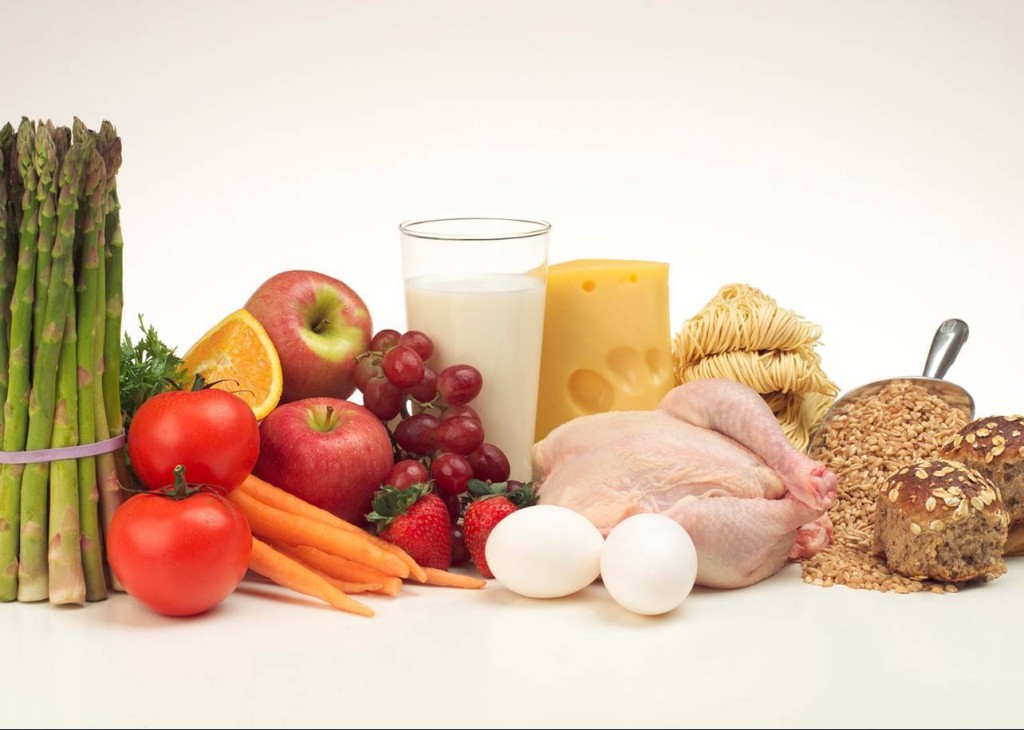
Proteins are one of the three major macronutrients found in our diet. It is a large molecule formed of one or more chains of aminoacids. The range is extremely wide, from a single chain to hundreds or even thousands.
They are simply our body’s building blocks. Proteins are everywhere, from our muscles, hair, skin and body organs to being an integral part of our DNA to almost every single chemical reaction performed by the body (because enzymes are protein in nature).
Essential aminoacids cannot be made by our bodies and must be supplied from food. Non-essential aminoacids are either made from the essential ones or obtained from the breakdown of large proteins during the digestion process.
Complete protein sources provide all the essential aminoacids. Commonly known as high quality proteins, they are the animal based proteins found in meat, poultry, fish, milk, eggs and cheese.
Incomplete protein sources are basically from plant sources found in whole grains, legumes, soy, nuts and fruits. They lack one or more of the essential aminoacids. However, they can be complementary when two or more are combined in a single meal to offer the whole range of essential aminoacids.
Proteins can be used as a fuel source in extreme cases of starvation when there is not enough carbohydrates or lipids to produce energy. Each gram of proteins produces nine calories. But they are normally used for building and repairing damaged tissues rather than being an energy source.
So, you’d reckon we need a lot of proteins to keep our bodies healthy and fully functional. The answer is not really. The adult male needs only 56 grams of proteins per day which can be found in a glass of milk (8 gms proteins), 100gms of meat (21 gms proteins), a cup of beans (16 gms proteins), and a cup of yogurt (11gms proteins).
Of course, the more you’re involved in physical activities, the more you cause muscle tissue damage and the more proteins you’d need for repair. But what if you’re getting more than enough? Is a high protein diet bad for health?
Eating too much of a macronutrient at the expense of the others leads to metabolic disturbances within the body. Too much red meat could essentially lead to an increase in levels of uric acid that cause damage to kidneys and joints. Other health risks are with the associated components of the protein source, such as the accompanying fats in red meat for example.
So, here are a few tips to make better protein choices:
-
Limit your red meat intake to once or twice weekly. Avoid processed meats altogether.
-
Opt for lower saturated fat options. Go lean. Fish, poultry and legumes are excellent low fat protein sources. Trim away the fat in meat before cooking. Choose low fat milk, yogurt and cheese.
-
Mix your sources of protein between the animal sources and the plant sources.
-
Balance between high quality complex carbs and high quality proteins in your diet for optimal performance.
-
If you’re a vegetarian or a vegan, planning is the key. Plan your food sources according to their protein content to make sure you hit your target recommended values.
WE SAID THIS: Check out the last post in this nutrition series about Antioxidants! Eat healthy, folks!


